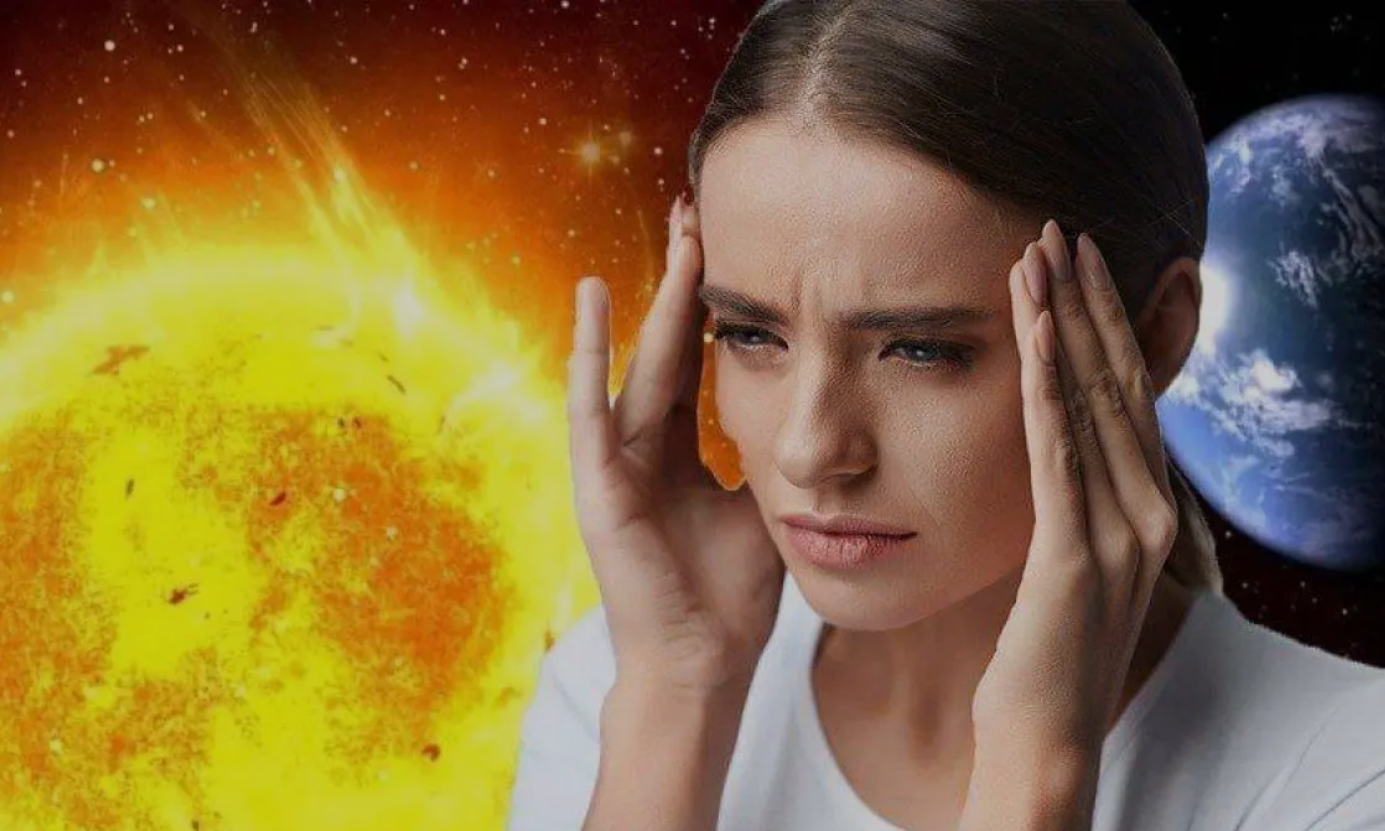Strong magnetic storm still raging: how to protect yourself
8 October 2024 12:53
A strong magnetic storm with a magnitude of 7 is still covering the Earth. This is reported by "Komersant Ukrainian" with reference to meteoagent.
There were flares on the Sun, one of which was the strongest in recent months. It triggered a powerful 7-point magnetic storm that hit the Earth on 3 October and has been going on for six days.
However, on Wednesday, 9 October, its strength will drop to a minimum solar activity of 3.

And no strong geomagnetic fluctuations are expected during 9-13 October.
Geomagnetic storms are classified according to their power level – the K-index – from 2 to 9. The higher the K-index, the stronger the storm and its consequences and impact on people and equipment.
Note that the forecast is subject to change as solar researchers update their data every three hours.

For those who are dependent on weather changes, it is especially important to be careful these days and pay attention to how they feel.
Health hazards
Magnetic storms are natural phenomena associated with solar activity, and although they rarely pose a serious risk, it is important to understand their impact.
Magnetic storms do not pose a serious health risk to most people. However, some studies indicate that mild disorders such as headaches, dizziness, insomnia, or poor health may occur during strong magnetic storms in meteorologically sensitive people.
To reduce the potential impact of magnetic storms, it is recommended to follow these tips
- avoid excessive outdoor exposure during the peak moments of the storm;
- limit physical activity;
- get plenty of rest;
- drink plenty of fluids;
- avoid stressful situations.
People with serious chronic diseases should consult a doctor about additional precautions during strong magnetic storms.
Magnetic storms
Magnetic storms are temporary disturbances in the Earth’s magnetic field caused by solar activity, such as coronal mass ejections or solar flares. They occur when powerful emissions of charged particles (plasma) from the Sun interact with the Earth’s magnetosphere. These solar plasma streams can change the shape and direction of the Earth’s magnetic field, causing disturbances and magnetic storms.
Magnetic storms are classified according to their intensity – from G1 (weakest) to G5 (strongest). Severe magnetic storms (G3 and above) can cause problems in power grids, communication systems, satellite operations and even aviation. Space agencies such as NOAA and NASA monitor solar activity and forecast potential magnetic storms, which allows them to take precautionary measures.
During magnetic storms, solar plasma particles interact with the upper layers of the Earth’s atmosphere, resulting in the formation of bright northern lights at high latitudes.









